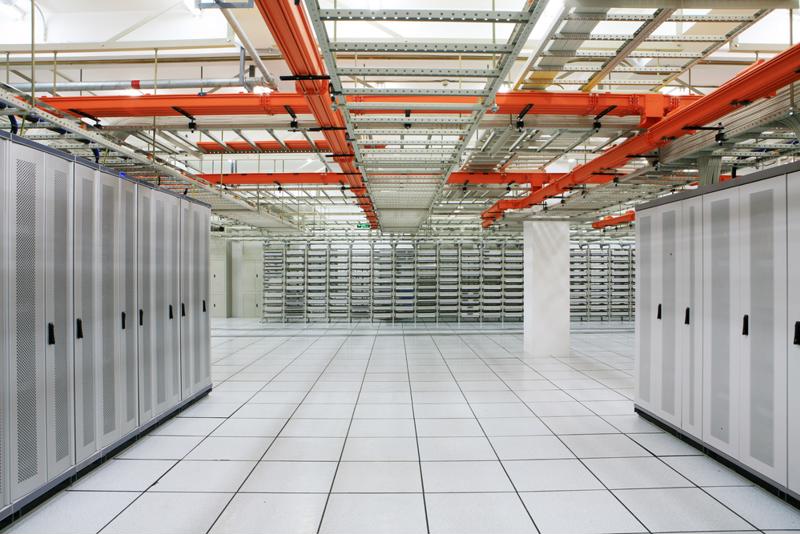Is it worthwhile investing in alternative cooling technologies?
Is it worthwhile investing in alternative cooling technologies?

Modern technology is advancing so quickly that keeping up with the latest and greatest can be difficult. While consumers have the luxury of upgrading their smartphones every year or so, data center administrators aren't so lucky. Implementing any new system is costly and always brings with it the risk of downtime. That said, technological advancement is a key to success within the data center services industry.
Perhaps the best example of this is within cooling. It would seem that someone comes up with a new way to cool server room equipment every day, but many of these methods aren't practical for every single data center. So when should administrators innovate, and when should they stick with what they have?

Start by getting a deep understanding of the environment
Before even beginning to look into new cooling techniques, it's important for administrators to fully comprehend the advantages and disadvantages of the surrounding area where a data center is located. TechTarget contributor Stephen J. Bigelow stated that while evaporative cooling may work wonders in a dry environment such as Arizona, the humidity in the air surrounding Miami would make this kind of cooling ineffective.
Latitude and proximity to free-to-use water also have massive effects on what kind of cooling a facility should rely on, and a data center official should know all of these before moving forward. Even the pollution in the air is a major factor, as using a free-air cooling method here will result in hardware clogging up.
"It's important to try to stay practical."
No need to get fancy
Once the environmental variables are known, it's important to try to stay practical. Having a data center situated in an area with access to cold water would indicate a readiness for implementing a water economizer. While this is certainly a solid solution, following Microsoft's lead and attempting to make an underwater data center might be taking the process a step too far.
That's an extreme example, but it's important to remember that the big guys are innovators for a reason. Microsoft has the resources to attempt something like this, as well as enough money to mitigate the risks of a failure. Data center officials would do well to keep their feet on the ground and ensure that solutions are practical.
There's nothing wrong with conventional
Although alternative techniques may be advantageous in certain situations, at the end of the day traditional cooling methods are popular for a reason. Rack containment systems, such as the Geist Cool ActiveAir solution, are used in data centers the world over as a means of keeping sensitive server room equipment safe from overheating.
These products are specifically engineered to keep heat within the rack while also working to expel this excess temperature to CRAC units that will then whisk it away from the hardware. Containment systems can work in any environment and are a solid solution for any data center that has problems with high-density racks. What's more, the versatile nature of these systems means that they can be implemented alongside other cooling techniques, making them a great investment.



